Squash Kumi Kumi
$12.00 Original price was: $12.00.$8.40Current price is: $8.40.
- Shop with Ease
- Get Quality, Get More
- Your Security is Our Promise
- Your questions, our prompt answers.

The Maori Kamo Kamo or Kumi Kumi is green and ribbed, maturing to a golden colour and growing approximately 1 to 1.5 kg and 30cm long. Can be used fresh as an ordinary marrow but when fully matured the skin dries and hardens, making this vegetable suitable for winter storing.
PROTECT FRUIT
The bottom of the squash can be susceptible to rot where the fruit sits on the ground. It can be beneficial to place something under the fruit for protection such as a piece of cardboard, lid or wool mulch mats are great for this.
HARVEST
Squash can be harvested approx 120 days from transplant, when the skin is hard and the stem is drying off. The stem is also known as the wick. The wick drying off is an indication of maturity. When the wick dries off there is no more moisture going to the fruit, so the fruit will not continue to grow. The foliage will also be dying off and you should be able to see your crop. Another tip is to use the thumbnail test – it is ready when it resists puncture by a thumbnail.
Remove the squash from the vine with a sharp knife or pair of secateurs, leaving a good wick on. This aids the curing process and treating the wick with care will help to increase the storage life of your squash. Picking your squash up by the wick is not a good idea as it may damage the skin, allowing rot to set in.
HANDLING
When harvesting squash, it is important to handle the fruit with care to avoid bruising or cutting the skin. Despite its tough appearance fruit is easily damaged allowing entry points for decay organisms. Pressure bruises can reduce storage life, so avoid rough handling, tight packing or piling fruit too high.
DISINFECTION
Wiping fruit with a cloth soaked in apple cider vinegar or diluted bleach to disinfect the skin of the fruit once harvested can assist with storability. This should kill any spoilage causing bacteria or fungi that may be present on the skin of the fruit.
CURING
All squash will improve immensely in flavour and sweetness when left for around 2 weeks to cure after harvesting. The curing process also allows the skin to harden, harvest wounds to heal and immature fruit to ripen further, thereby enhancing storage times. Place squash in a warm, dry area with good air circulation.
STORAGE
After curing, move squash to a dry, well-ventilated storage area. Fruit temperature should be kept as close to the temperature of the air as possible to avoid condensation, which can lead to rot. Ideally, the storage environment should be kept at 13-16°C with a relative humidity of 50-70%. Chilling injury from very low temperatures will cause fruit to break down over time.
CHECK
Check your fruit regularly to identify any early signs of decay. Eat fruit that has been damaged or showing early signs of decay first. Gently flip fruit from time to time to ensure aeration around the whole fruit.
SHELF LIFE
Squash that have been allowed to mature and cure should last 2-3 months in storage.
| Size | 15 seeds, 20 grams, 50 grams, 100 grams, 250 grams |
|---|

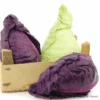


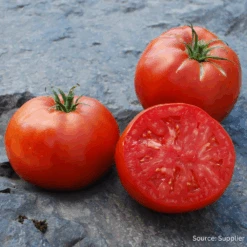

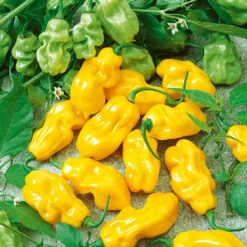
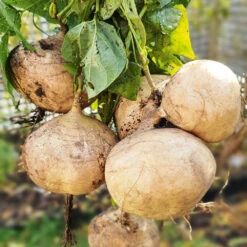

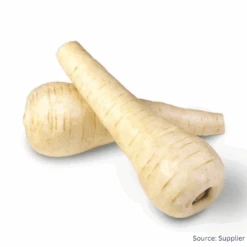

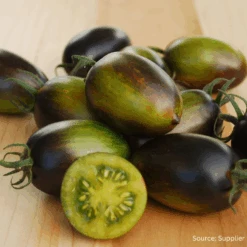
Reviews
There are no reviews yet.